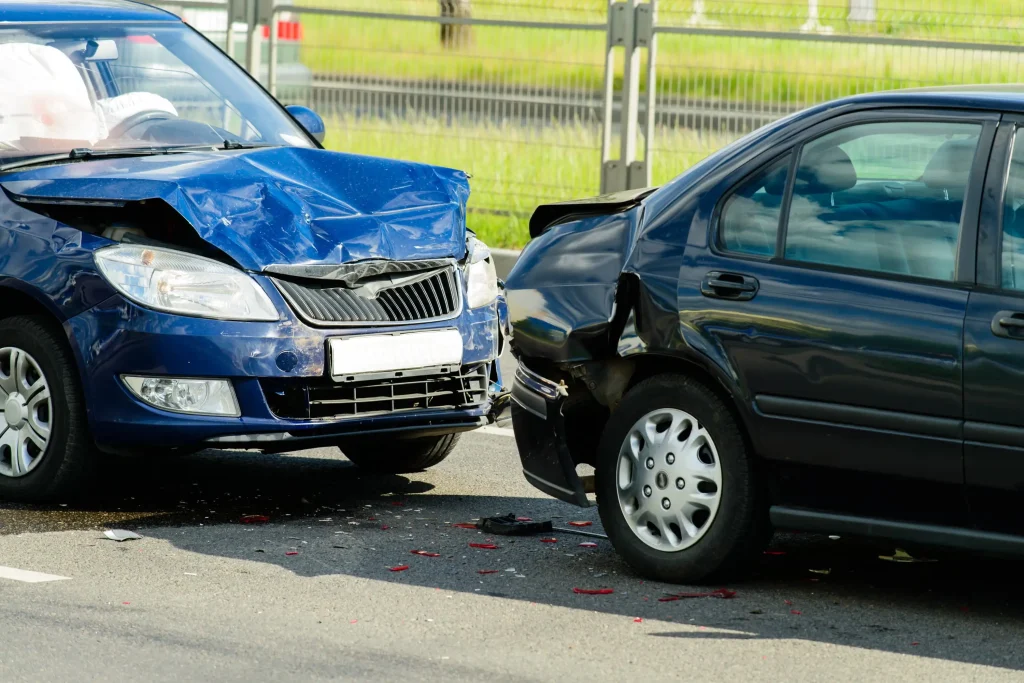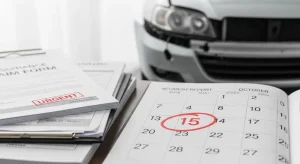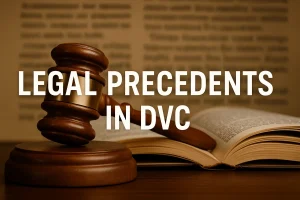When your vehicle is damaged in an accident caused by another driver, the last thing you want to discover is that they don’t have insurance. But it happens more often than most people think. And if your car loses value—even after being repaired—you may still be entitled to file a diminished value (DV) claim.
This article explains your options when the at-fault driver is uninsured. You’ll learn what coverage may apply, how to document your diminished value loss, and the steps to file your claim. Whether you’re dealing with your own insurer or considering legal action, this guide will walk you through what to do next.
Can You File a Diminished Value Claim If the Other Driver Is Uninsured?

Yes—under the right conditions, you can.
If your own insurance policy includes Uninsured Motorist Property Damage (UMPD) coverage, it may help cover your vehicle’s diminished value. UMPD typically pays for property damage caused by uninsured drivers, and in some states, it can be applied to loss in market value—even after repairs are complete.
However, UMPD rules vary by state and insurer. Some policies only cover the cost of repairs, not DV. Review your declarations page or speak with your agent to confirm if your UMPD covers diminished value.
What If You Don’t Have UMPD?
You’re not out of options.
If the at-fault driver doesn’t have insurance and you don’t have UMPD, you may still be able to:
- Use collision coverage (if you carry it) to fix the damage. However, this won’t pay for DV unless explicitly stated in your policy.
- Sue the at-fault driver directly in small claims or civil court to recover the diminished value.
Just be aware: if the driver is “judgment-proof”—meaning they have no assets or income—winning a lawsuit might not lead to actual compensation.
Step-by-Step: How to File a DV Claim
1. Establish Fault and Gather Evidence
You must prove the uninsured driver was legally at fault. A police report helps, along with photos, repair estimates, and witness statements. This foundation is critical whether you’re filing with your insurer or going to court.
2. Review Your Own Policy
Look for UMPD or any language about first-party diminished value coverage. If you’re unsure, request a written explanation from your insurer.
3. Get a Professional DV Appraisal
Insurers (and courts) take claims more seriously when backed by an expert. A certified appraisal should include your vehicle’s pre-loss value, post-repair condition, and market comps to justify your claim amount.
4. Submit the Claim or Prepare Legal Action
If your insurer allows first-party DV under UMPD, submit the claim with your supporting documents. If not, consider filing a small claims court case against the uninsured driver. Most states allow you to self-represent for losses under a certain dollar amount.
What Happens If the At-Fault Driver Has No Assets?
This is a common and frustrating scenario. You can sue and even win, but collecting on the judgment may be difficult.
Still, filing the case might be worthwhile to establish legal responsibility. Some judgments can be collected over time or enforced later if the driver acquires assets. Others might be used to pressure a settlement if the uninsured driver wants to avoid court.
What the Law Says: State-by-State Differences

Diminished value law isn’t consistent across the U.S. Some states explicitly allow first-party DV claims. Others prohibit or restrict them.
Here are a few examples:
- Favorable states: Georgia, North Carolina, Louisiana, South Carolina, Washington
(These typically allow DV under UMPD and have favorable court precedents.) - Restrictive states: Michigan, Nebraska, New York
(These states often reject first-party DV claims and side with insurers.)
If your state doesn’t allow DV through your own policy, suing the at-fault driver directly may be your only path.
Tips for Strengthening Your Case
- Document everything: Keep emails, calls, and claim paperwork organized.
- Use market comps: Show your car is now worth less than comparable models with no accident history.
- Stay professional: Insurance reps and judges respond better to a calm, evidence-based presentation.
- Get legal advice if needed: Especially if your claim involves high-value loss or complex policy language.
Final Thoughts: Don’t Let Lack of Insurance Stop Your DV Claim
An uninsured driver doesn’t erase your right to compensation. While your path to recovery may take more effort, you still have options—especially if you’re in a supportive state or carry the right coverage.
Know your rights, gather solid documentation, and don’t hesitate to explore small claims court or legal help. The diminished value of your car is real. And it deserves to be recognized—even if the at-fault party didn’t carry insurance.



